Here's my first attempt at some Morse code, my keying is probably all wrong.
There is a message in there, is my Morse understandable ?
Doing this has given me some idea's for ways to use something similar in
connection with HV. I put these parts together so I could see and hear the
keying and practice. There is no real rhyme or reason to the configuration
except that it works a speaker and a light by keying.
Video of message.
Morse message.wmv - YouTube

Uploaded with ImageShack.us
If someone that knows Morse Code can understand my message please let me know ?
Cheers
There is a message in there, is my Morse understandable ?
Doing this has given me some idea's for ways to use something similar in
connection with HV. I put these parts together so I could see and hear the
keying and practice. There is no real rhyme or reason to the configuration
except that it works a speaker and a light by keying.
Video of message.
Morse message.wmv - YouTube

Uploaded with ImageShack.us
If someone that knows Morse Code can understand my message please let me know ?

Cheers







 It's not intentional, but I just can't help myself, this kind of work is so interesting, and I am very driven to keep it going!
It's not intentional, but I just can't help myself, this kind of work is so interesting, and I am very driven to keep it going! )
)
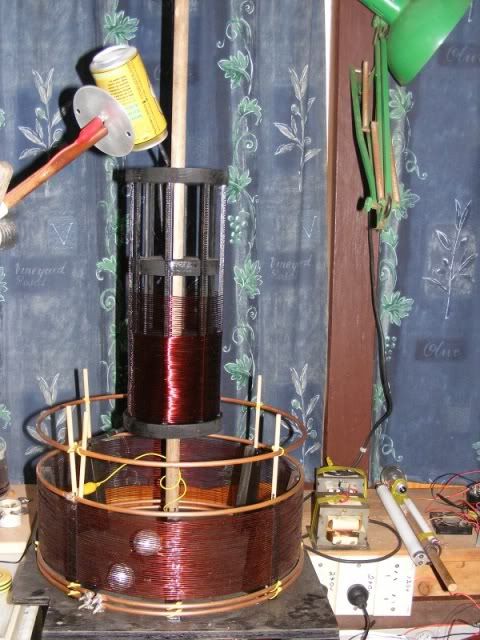
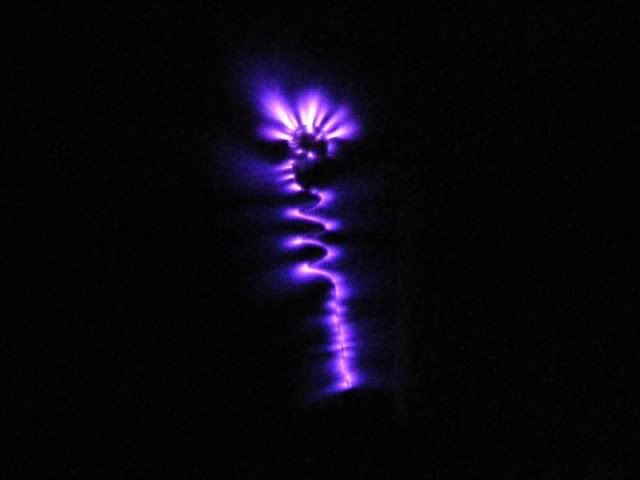

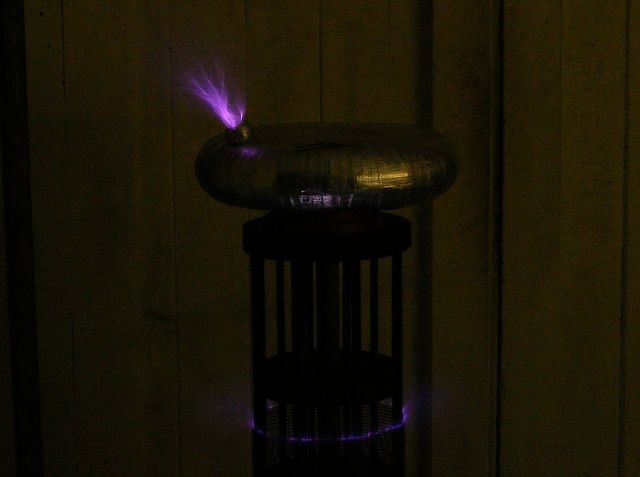
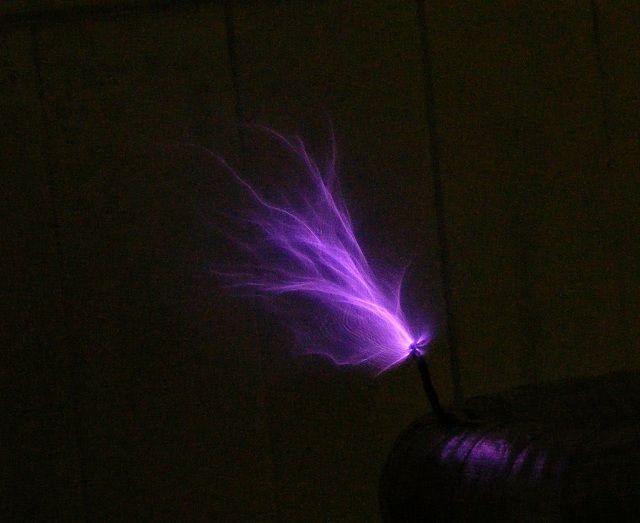

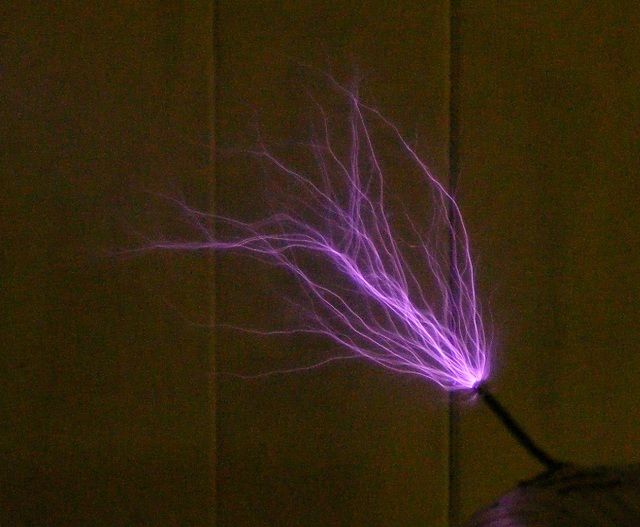
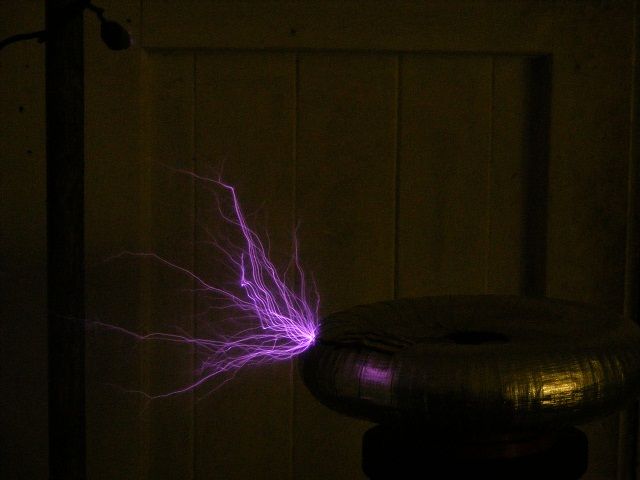
Comment